landscape design ideas for school
Landscape Design Ideas for Schools
Schools are an important part of our communities, and they should be places where students can learn and grow in a safe and supportive environment. The landscape of a school can play a big role in creating that kind of environment. By carefully choosing plants, hardscaping materials, and other elements, you can create a space that is both beautiful and functional.
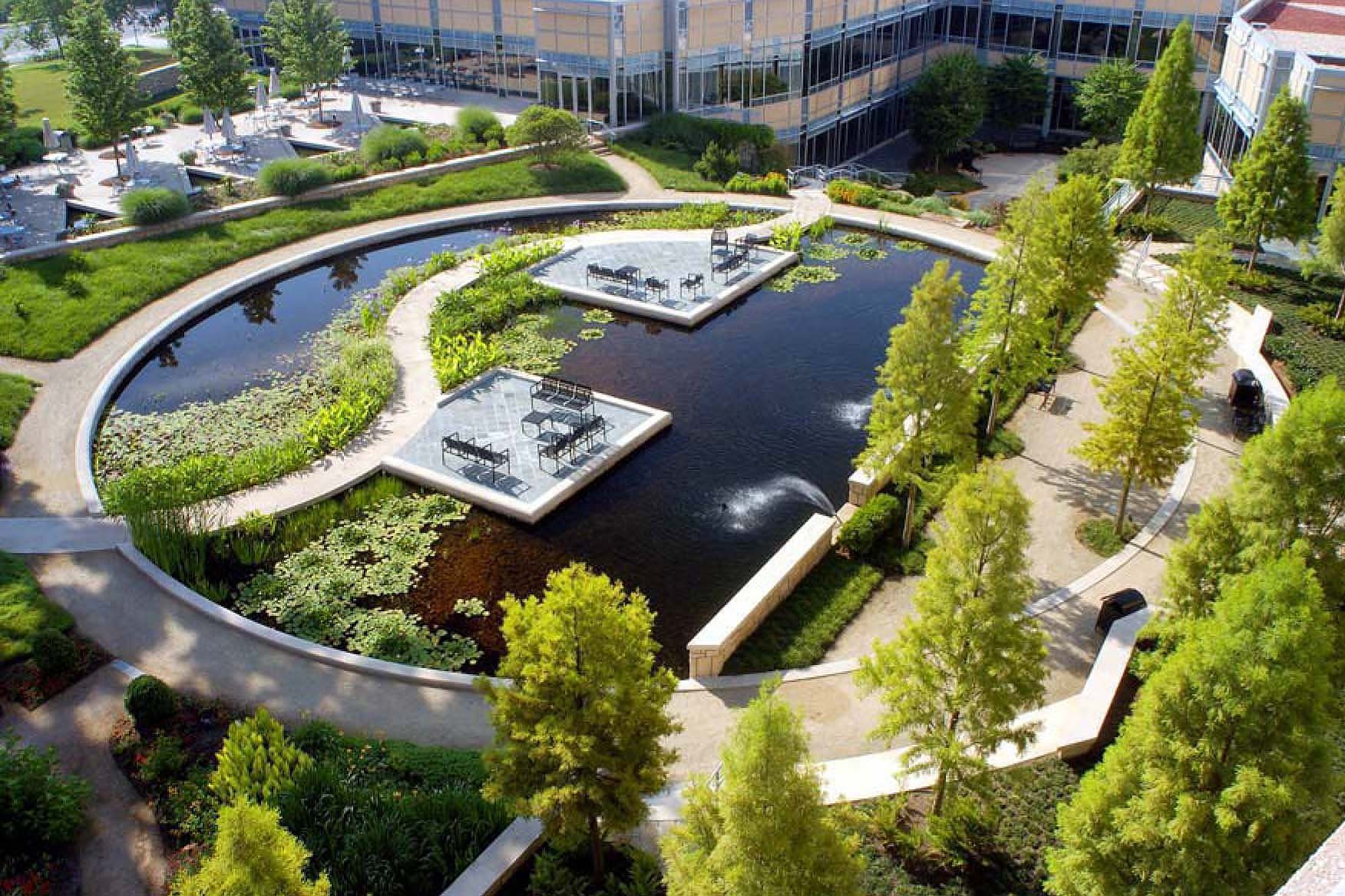
Here are some landscape design ideas for schools:
1. Use native plants.
Native plants are a great choice for school landscapes because they are well-suited to the local climate and conditions. They are also more likely to attract wildlife, which can benefit the students and the surrounding community. When choosing native plants, be sure to select species that are appropriate for the size of your space and the amount of sun and water it receives.
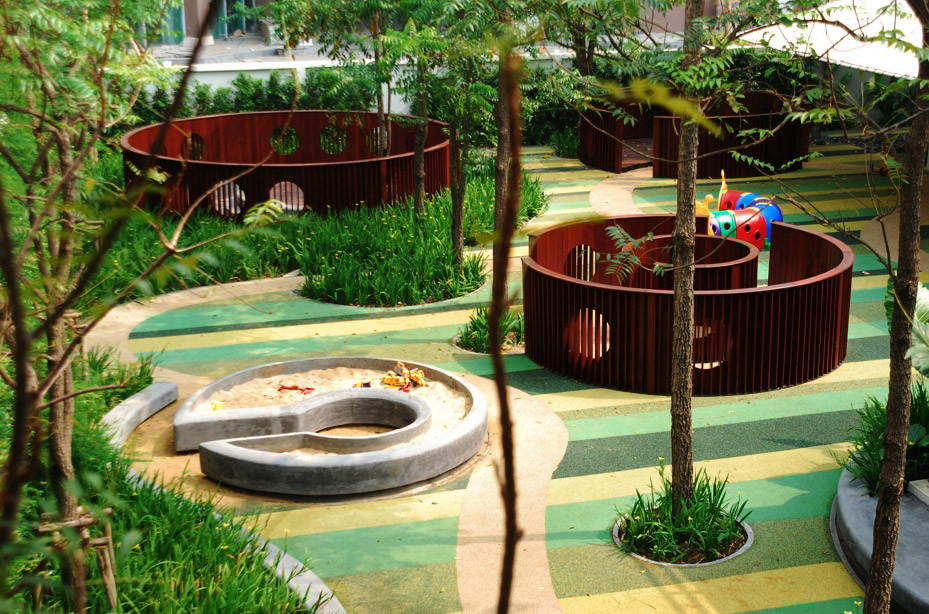
2. Create a variety of spaces.
A diverse landscape will provide students with a variety of places to learn and play. In addition to traditional outdoor learning spaces, such as playgrounds and sports fields, consider also including areas for gardening, reading, and relaxing. A variety of spaces will also help to attract different types of wildlife, which can further enhance the learning experience.
3. Use sustainable materials.
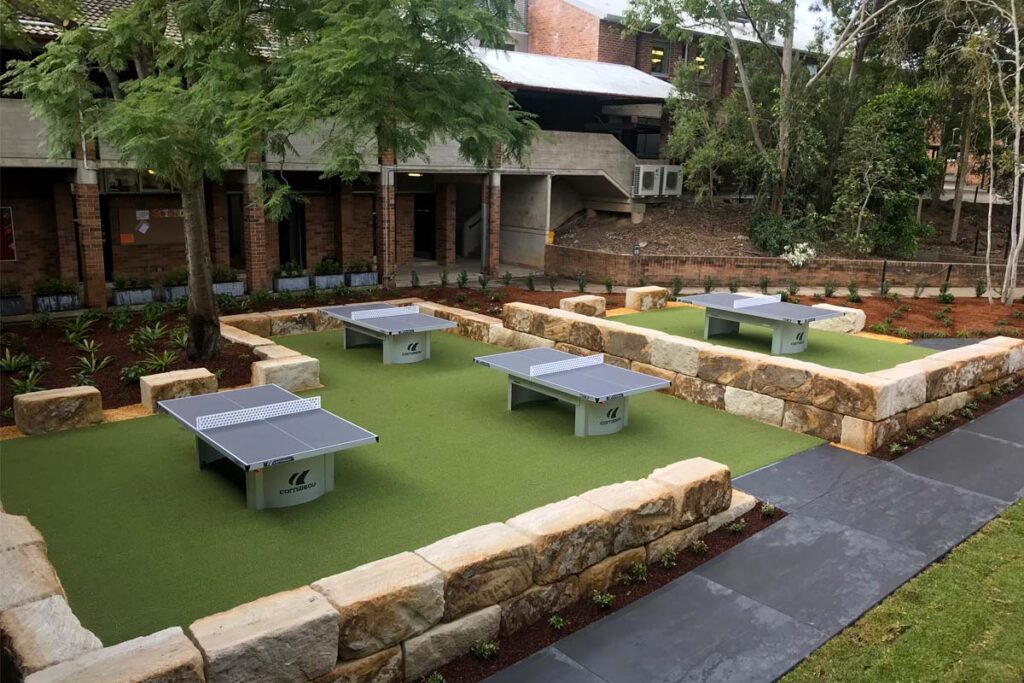
When choosing materials for your school's landscape, opt for sustainable options whenever possible. This includes using recycled materials, choosing materials that are low in embodied energy, and selecting plants that are drought-tolerant and require minimal maintenance. Sustainable materials will help to reduce your school's environmental impact and create a healthier learning environment for students.
4. Incorporate art and play.

Art and play are important parts of childhood, and they can be incorporated into the landscape of a school in many ways. Consider adding sculptures, murals, or other works of art to your landscape. You can also create play spaces that encourage students to get active and explore their creativity. Art and play will help to make your school a more inviting and stimulating place for students to learn.
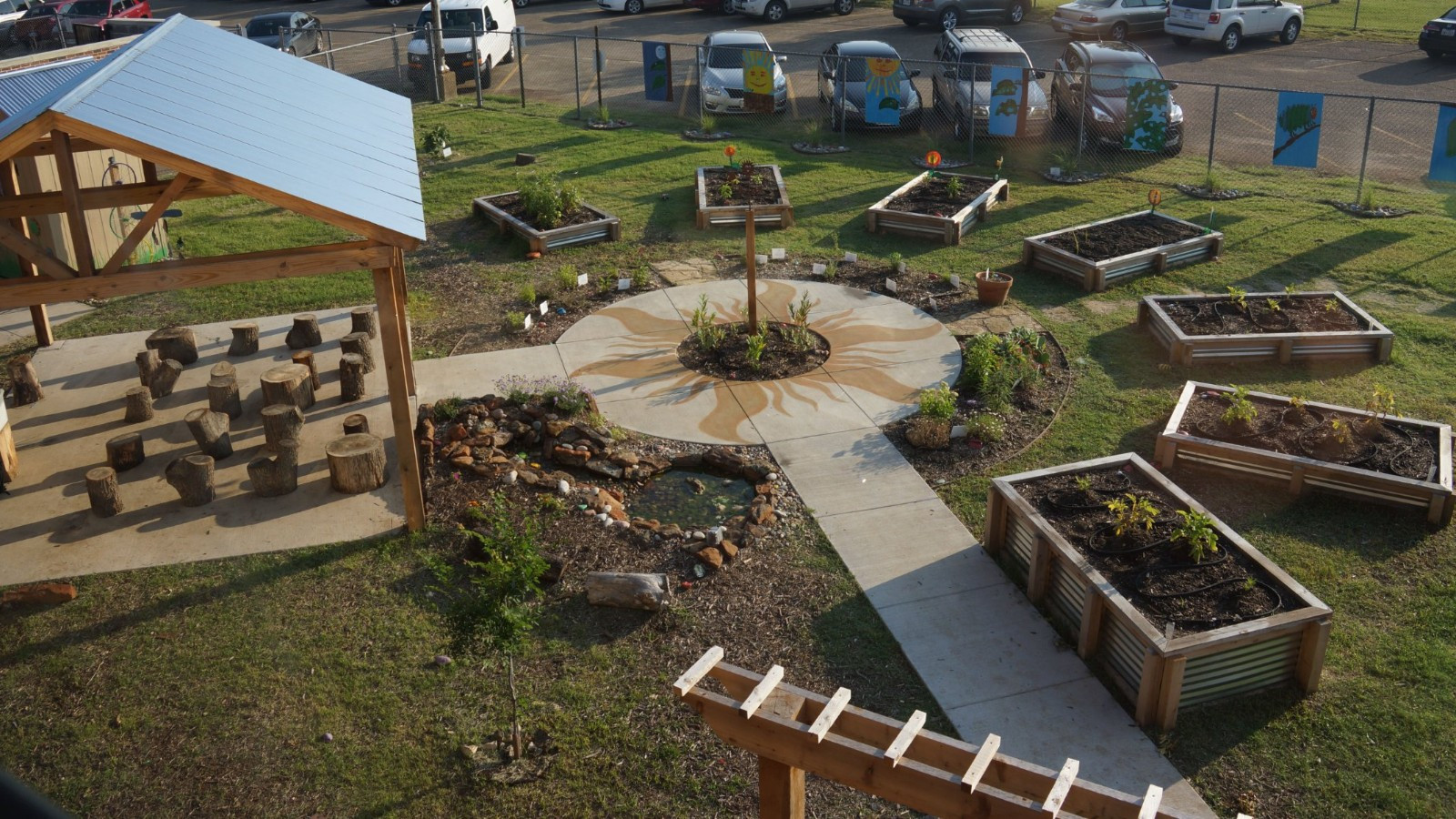

5. Keep safety in mind.
When designing a school landscape, it is important to keep safety in mind. This includes ensuring that all pathways are clear and well-lit, that there are no tripping hazards, and that the plants you choose are not poisonous. You should also consider the needs of students with disabilities when designing your landscape.
6. Get input from students and staff.
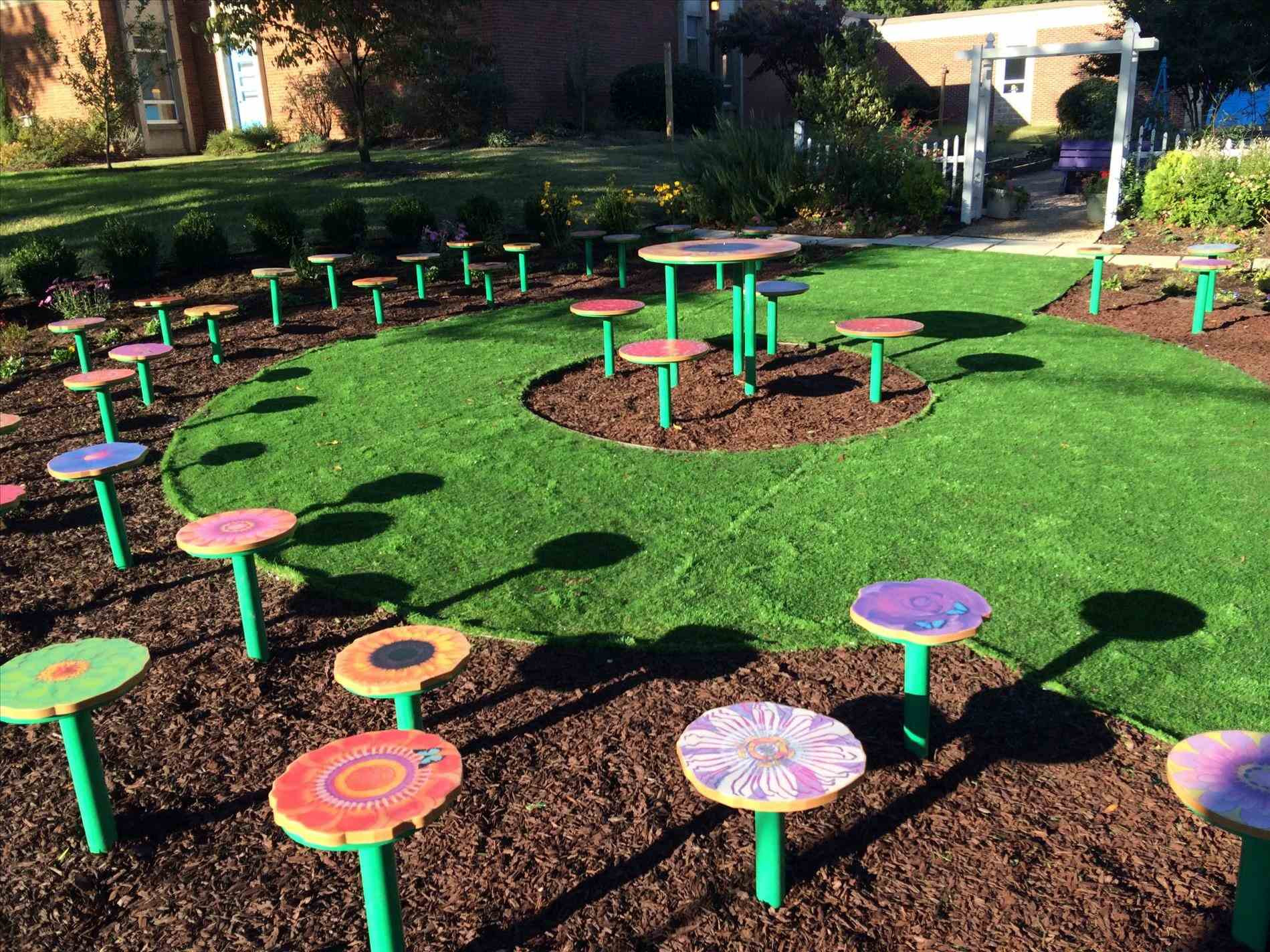
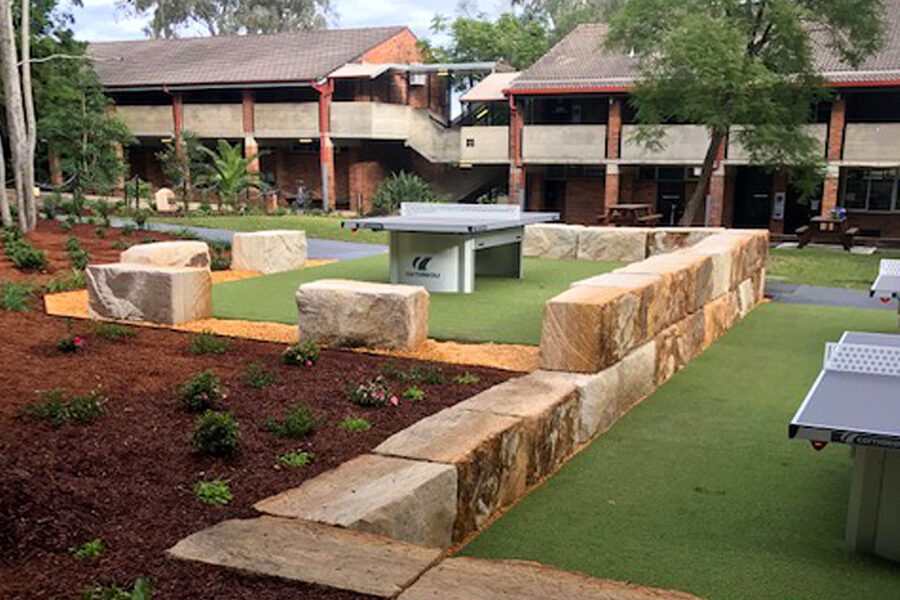
The best way to create a landscape that meets the needs of your school community is to get input from students and staff. Ask them what they would like to see in the landscape, and what they think is important. Their input will help you to create a space that is both functional and inviting.
Here are some additional tips for designing a school landscape:

- Start with a plan. Before you start planting anything, take some time to develop a plan for your landscape. This will help you to visualize the finished product and make sure that all of the elements work together.
- Work with a professional. If you are not familiar with landscape design, it is a good idea to work with a professional. A landscape architect can help you create a plan that meets your needs and budget.
- Be patient. A school landscape takes time to mature. Don't be discouraged if it doesn't look perfect right away. With a little time and care, your landscape will become a beautiful and inviting place for students to learn and grow.
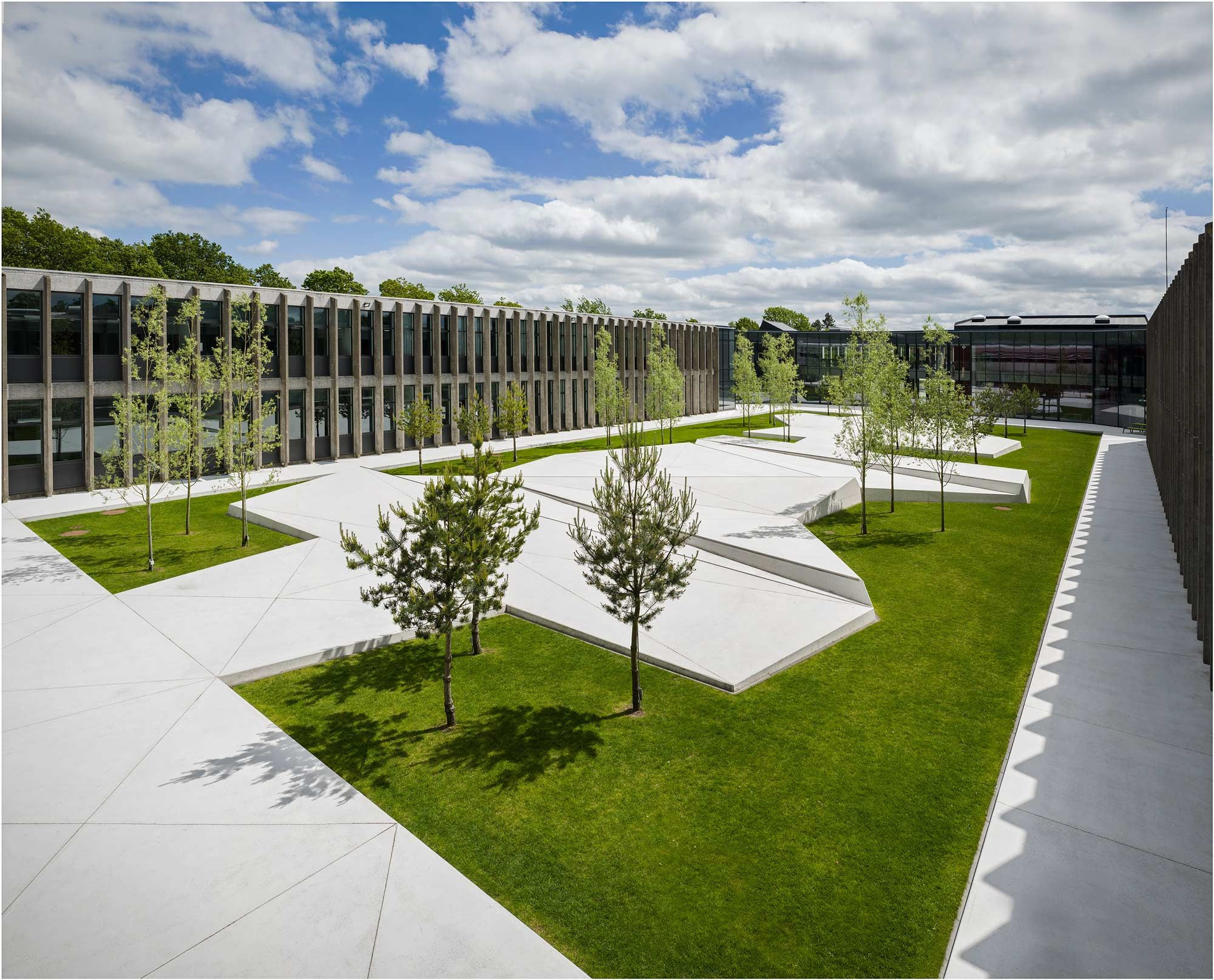

By following these tips, you can create a school landscape that is both beautiful and functional. A well-designed landscape can help to improve the learning environment for students, and it can also make your school a more inviting place for the entire community.
Specific Landscape Design Ideas for Schools

In addition to the general tips listed above, there are a few specific landscape design ideas that are well-suited for schools. These include:

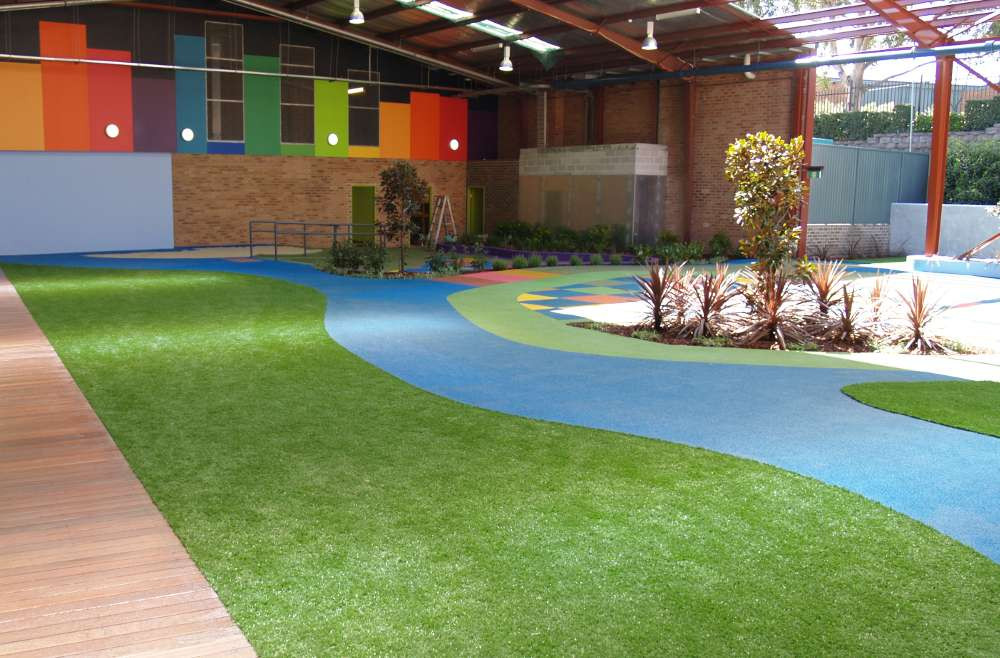
- Outdoor learning spaces. As mentioned above, outdoor learning spaces are an important part of any school landscape. These spaces can be used for a variety of purposes, such as science lessons, math activities, and reading. When designing outdoor learning spaces, be sure to include a variety of features, such as raised beds for gardening, tables and chairs for group work, and plenty of open space for running and playing.
- Nature play areas. Nature play areas are a great way to encourage students to get active and explore their natural surroundings. These areas can include things like climbing structures, balance beams, and treehouses. When designing nature play areas, it is important to choose plants that are safe for children to play around.
- Rain gardens. Rain gardens are a great way to manage stormwater runoff and improve the water quality of your school's landscape. These gardens are designed to collect and filter rainwater, which helps to reduce



Landscape Design Ideas for Schools


School campuses are a great place to implement beautiful and functional landscape designs. Landscapes can provide students with a place to relax and learn, as well as help to improve the school's overall aesthetics. When designing a landscape for a school, it is important to consider the needs of the students, staff, and faculty.

Here are some tips for creating a successful school landscape design:
- Consider the site's constraints. What are the size, shape, and orientation of the site? What are the existing conditions, such as drainage, soil type, and sun exposure?
- Design for multiple uses. The school landscape should be a place where students can learn, socialize, and relax. Consider including areas for active play, quiet contemplation, and outdoor learning.
- Choose plants that are appropriate for the climate. Select plants that are hardy in your area and that will thrive in the conditions of your school's site.
- Use durable materials. The school landscape will be used by students every day, so it is important to use materials that can withstand wear and tear.
- Integrate art and nature. A beautiful landscape can be a powerful learning tool. Consider incorporating elements of art and nature into your design, such as sculptures, water features, and native plants.


Here are some specific examples of landscape design ideas for schools:

- A playground with a variety of equipment for different ages and abilities.
- A walking trail or bike path that winds through the campus.
- A garden where students can learn about plants and gardening.
- A pond or fountain where students can relax and enjoy the sounds of nature.
- A green roof that provides a space for outdoor learning and helps to reduce the school's energy consumption.
By following these tips, you can create a school landscape that is both beautiful and functional. A well-designed landscape can help to create a positive learning environment and improve the health and well-being of students, staff, and faculty.


Additional Resources

- The National Association of Landscape Professionals (NALP) offers a variety of resources on school landscape design, including a free guide to schoolyard planning.
- The U.S. Environmental Protection Agency (EPA) provides information on how to create green schoolyards that are healthy for students and the environment.
- The American Society of Landscape Architects (ASLA) offers a variety of resources on school landscape design, including a free guide to schoolyard planning.
Conclusion


A well-designed school landscape can make a significant impact on the learning environment. By considering the needs of students, staff, and faculty, and by choosing appropriate plants and materials, you can create a landscape that is both beautiful and functional.





